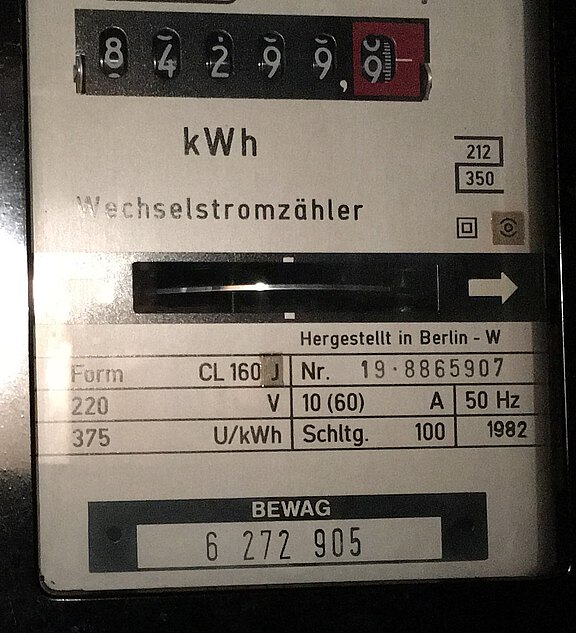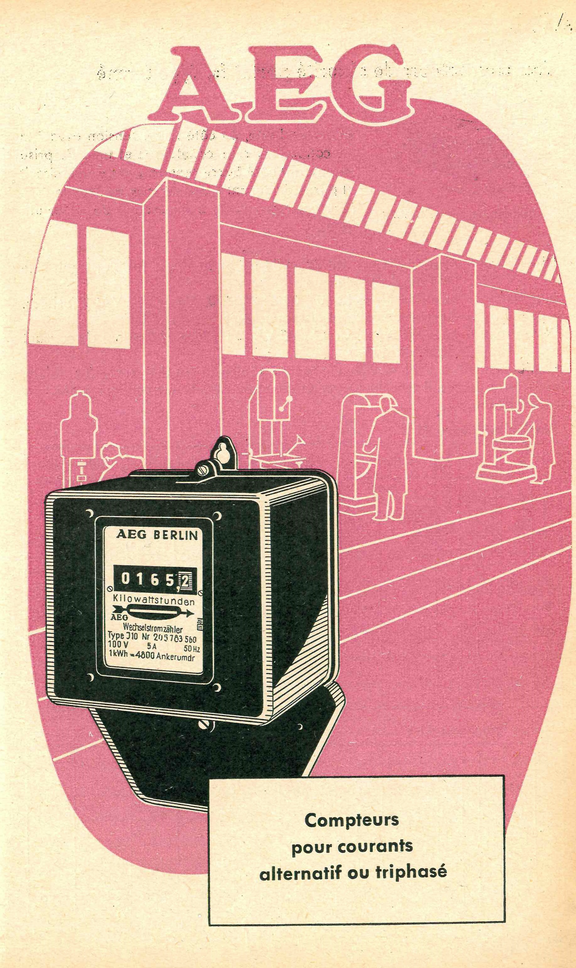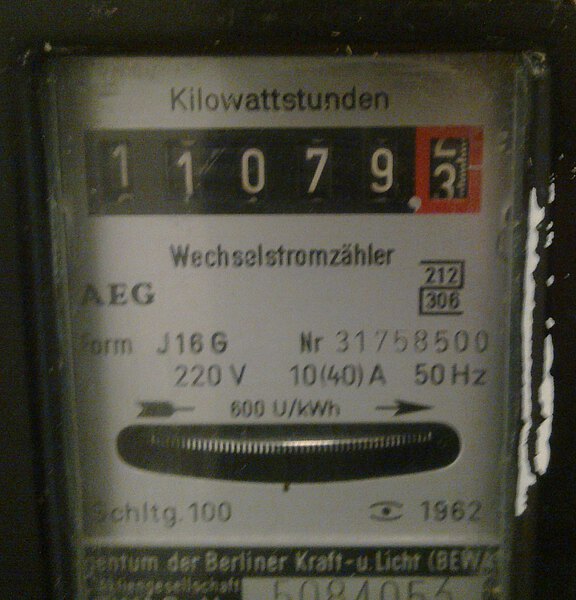However, Emil Rathenau and Werner von Siemens were equally opposed to municipalization or urbanization, as envisaged by the city of Berlin. Berlin wanted a nationwide power supply for the city. However, the expansion of the electricity grid is costly. A capital increase by the Deutsche Edison Gesellschaft is used to raise funds, which flow into Städtische Elektrizitätswerke. The company becomes increasingly profitable as time goes on.
In 1915, however, it finally has to be “urbanized”, i.e. municipalized. In 1931, the city of Berlin, stumbled by the global economic crisis, is forced to sell the highly profitable energy supply company, Berliner Städtische Elektrizitätswerke Akt.-Ges. In 1934, Berliner Kraft- und Licht-Aktiengesellschaft (Bekula) and Bewag merged to form Berliner Kraft- und Licht (Bewag)-Aktiengesellschaft.
With the division of the city of Berlin after the Second World War, West Berlin has to become self-sufficient as an “electricity island”. Since then, Bewag has maintained the electricity grid. After reunification, it remains in the hands of Bewag for the time being. In 1993, however, it was completely privatized.
Twenty years later, the city, energy suppliers and operating companies are once again wrestling over the electricity grid. The Berlin Senate is striving for remunicipalization. In 2013, the Berlin population votes in a referendum on the transfer of Berlin's electricity grid to municipal ownership. However, the referendum falls short of the required quorum, albeit only just.
In 2021, the electricity grid owner Vattenfall and the Berlin Senate agree on a buyback. The Berlin electricity grid is nationalized or “verstadtlicht” again.


